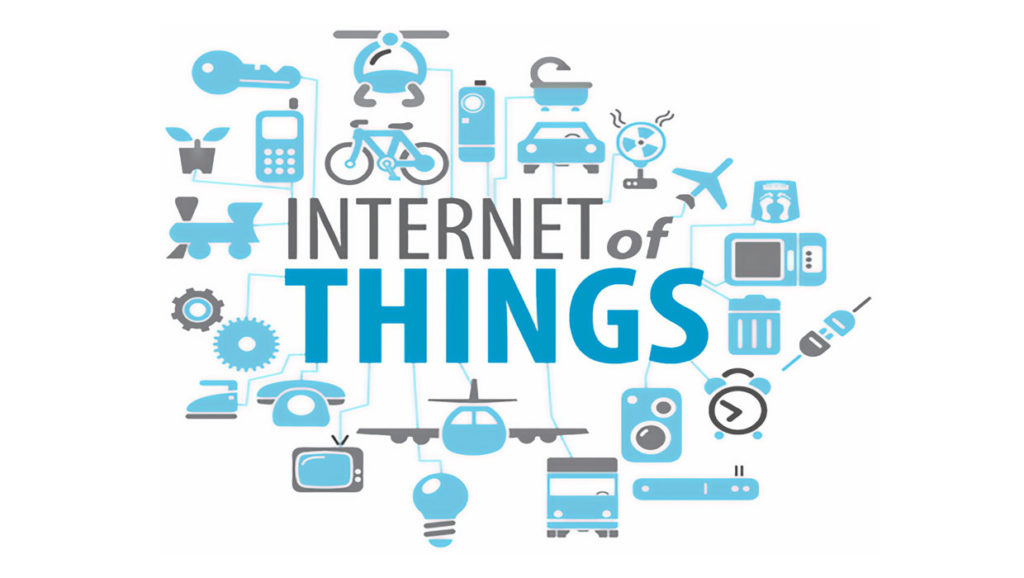
Internet Of Things
Imagine a world where you could monitor the performance and status of everyday inanimate objects from your mobile phone or tablet. A world where products, services and operations could be optimized objectively using real time data, sounds amazing right? Well this world is already upon us, welcome to the ‘Internet of Things’ (IOT). IOT involves the networking of physical objects through the use of embedded sensors, actuators and other devices, which are connected to computers that collect data and analyze it for commercial usage. This connecting of the physical and digital worlds is already proving to be very significant socially and economically, and it has the potential to generate real economic value across industries.
IOT Today
The fundamental theory behind IOT (monitoring and controlling networked devices) is not new, however the prevalence of connected devices, advances in data analytics and the rise of cloud computing are some of the factors that have made it such a widespread reality today. Connected devices have seamlessly integrated themselves into our lives with such stealth that it will be difficult for some to remember life without them. Take the fitness industry for example where fitness bands that track heart rates, steps taken, and calories burned integrate with companion smart phone applications where the data can be monitored and used to tailor individual training plans. Wearables are indeed predicted to be a major growth market for IOT with offerings such as the Apple watch providing consumers with a fashion accessory that augments their usage of other devices. The home however, with it’s plethora of devices, looks set to be the prime area of focus for b2c offerings. Apple and Google have shown their intent to be dominant players in this area with HomeKit & Nest – applications that have the potential to control everything in the household from lights to central heating, and Tesla with the Power wall – a complete energy solution for the home.
There are also huge opportunities for capitalization of IOT in B2B, and maritime is an industry where the potential has long been untapped. Ships are built with sensors that have been collecting data, which has only recently been harnessed to improve operations. The route exchange application (REX), for example, allows sea users to travel more safely by sharing their intended route with fellow ships. This is just the tip of the iceberg in B2B as IOT is improving manufacturing, supply chain systems and city infrastructure while bringing in more revenue than the more talked about B2C offerings. B2B is leading the way for IOT as companies involved in this space are finding it easier to develop solutions that replace consumer behaviours than their B2B counterparts.
Opportunities for suppliers
Central to all of this is declining cost in key technology such as the semiconductor components that are a key part of most IOT applications. With IOT devices predicted to reach as much as 30 billion objects in 2020, the manufacturers of these semiconductor components will be important cogs in the perpetual growth within the industry. The opportunities for companies to profit by supplying storage, data processing and connectivity services are perhaps were the real value lies when it comes to IOT
Protecting the consumer
As with everything connected to the Internet, security concerns are something that needs to be addressed. As IOT devices become more integrated in our daily lives, every poorly secured device could provide a point of entry for a cyber attack that could bring our lives to a standstill. Similarly, central to IOT is data collection, which can be used to tailor and personalize users experiences. However users must also be allowed to decide what information is collected if they are to have confidence in IOT. Along with privacy and security, the ability of varying global regulations to keep pace with the ever-evolving IOT sphere will be key to having a seamless universal experience in the new data driven world
